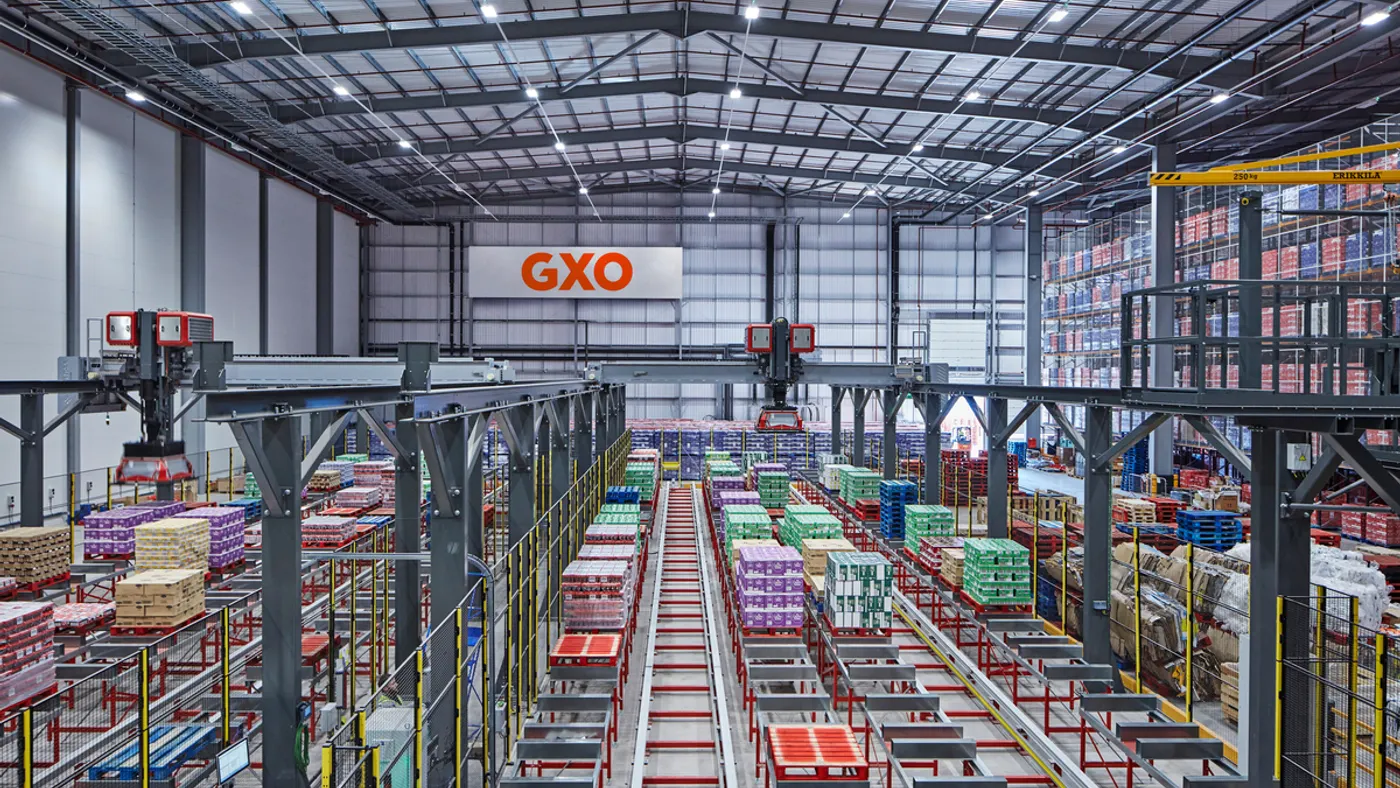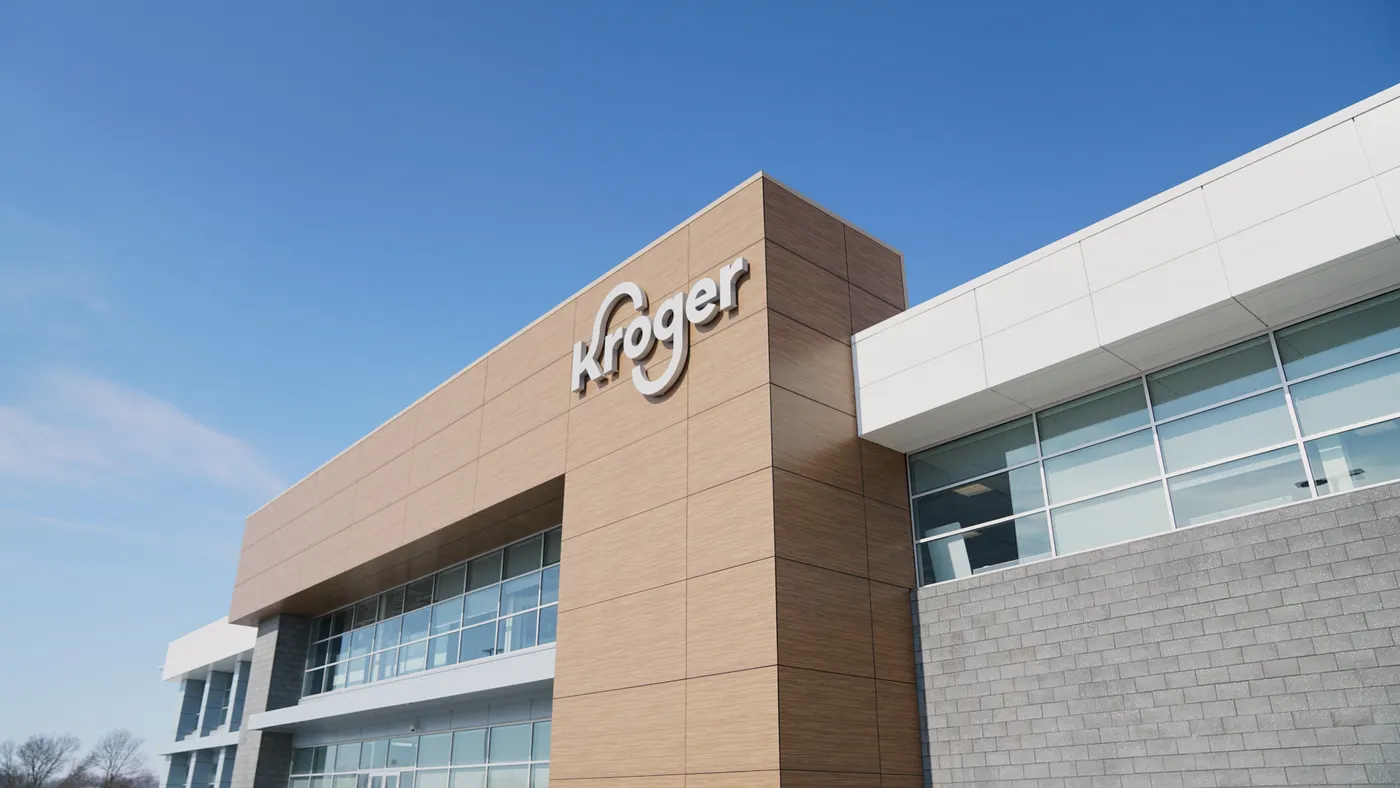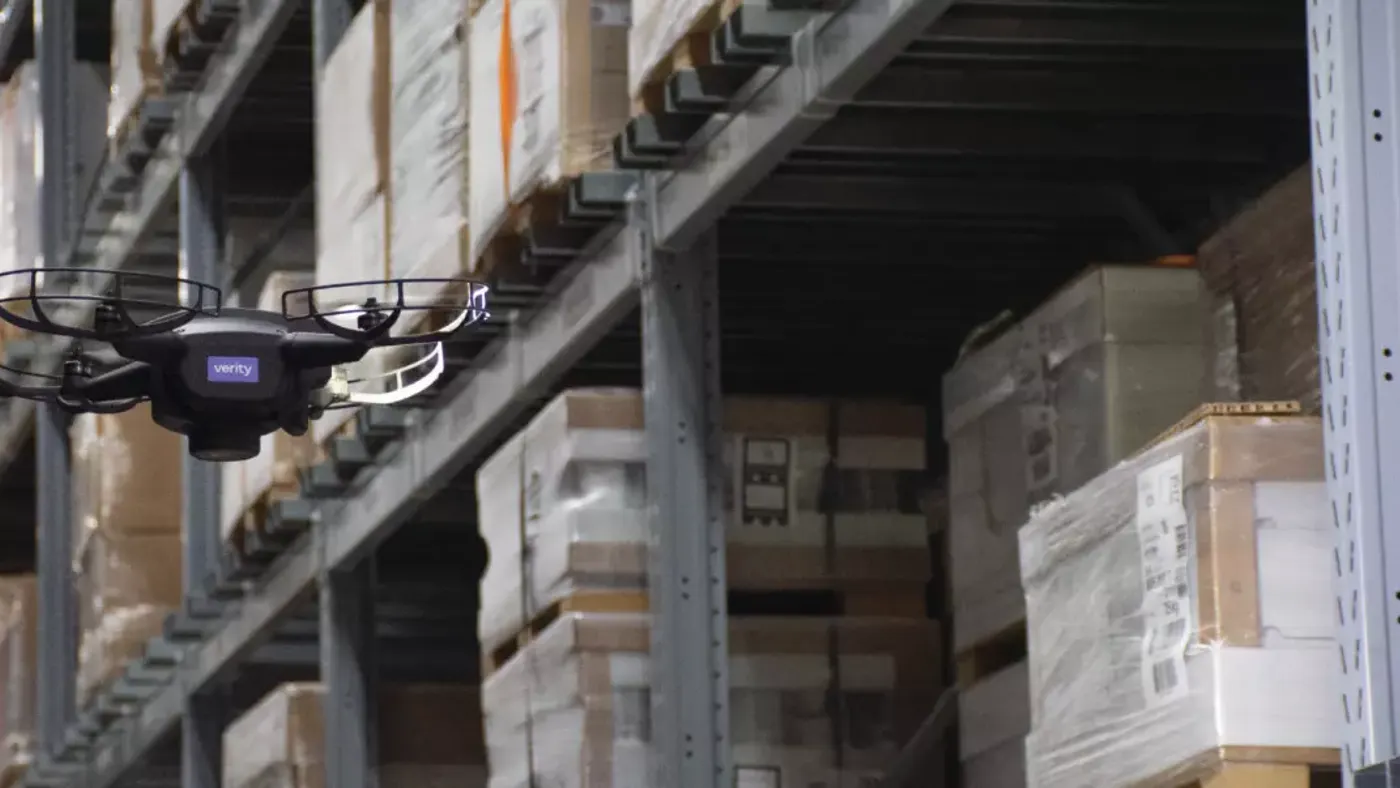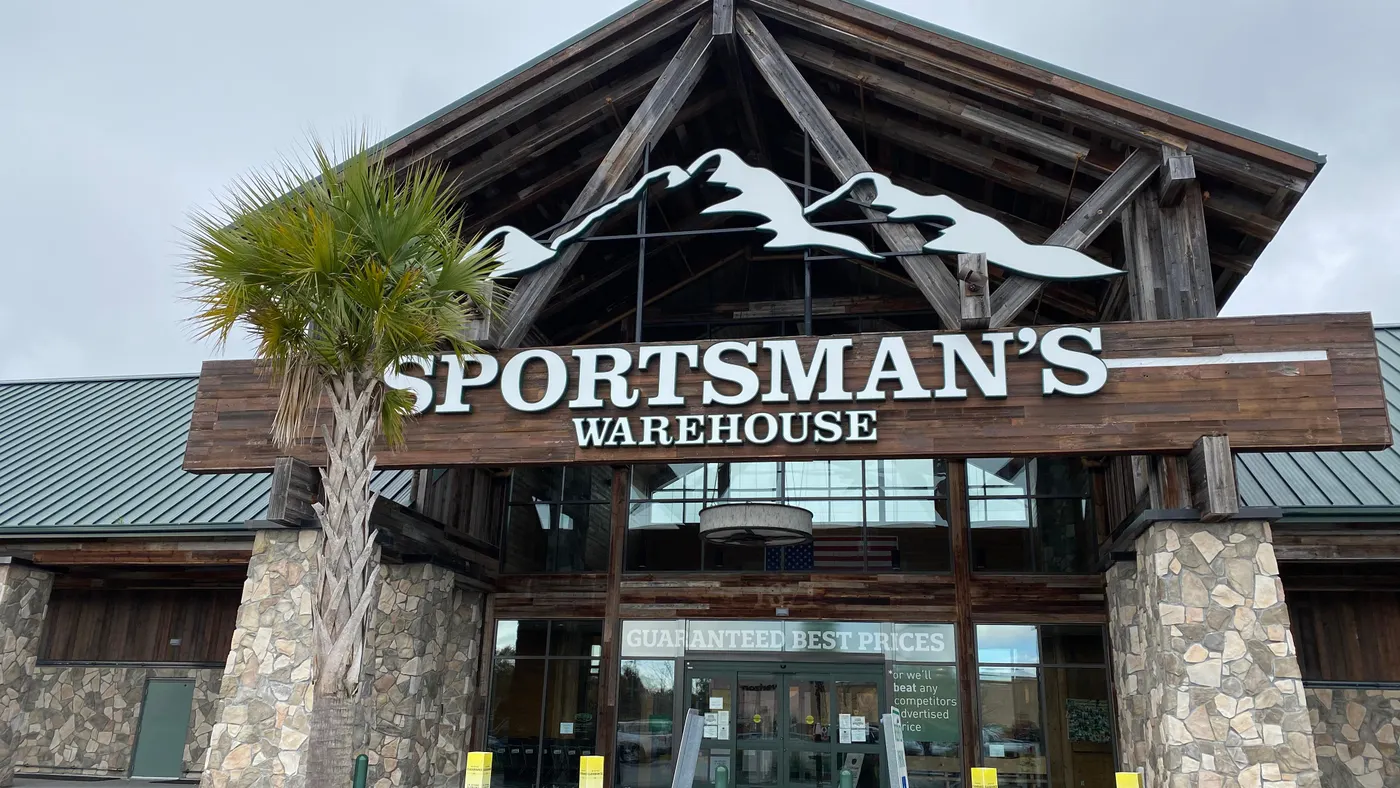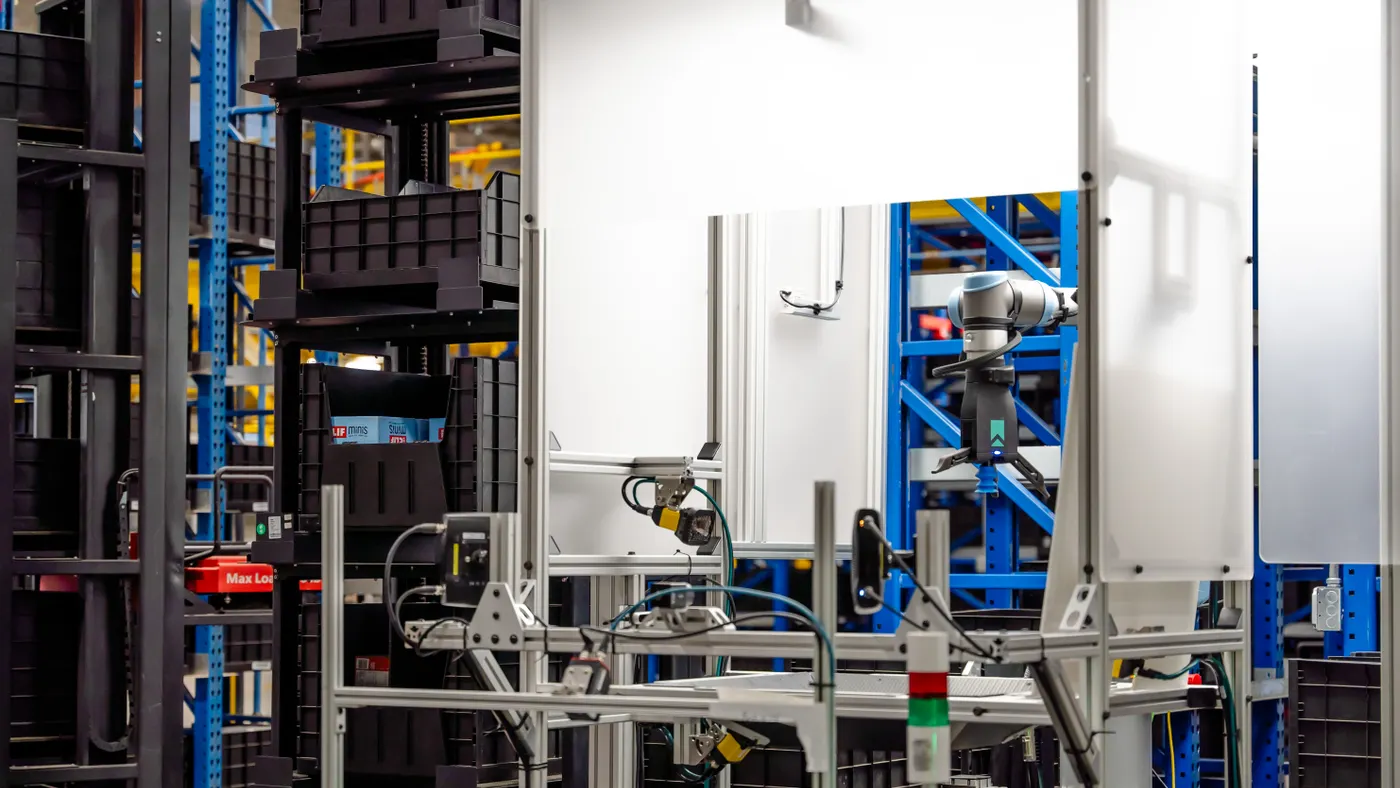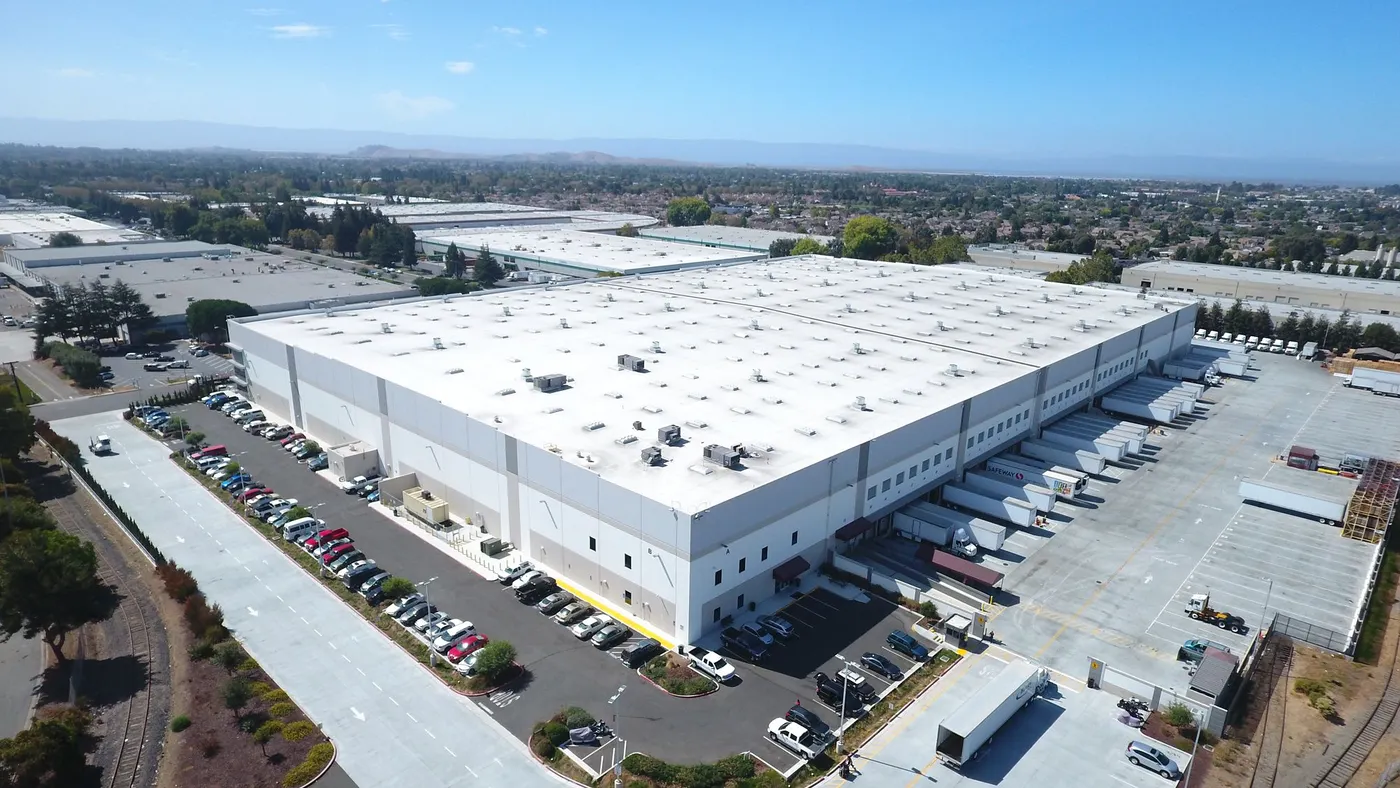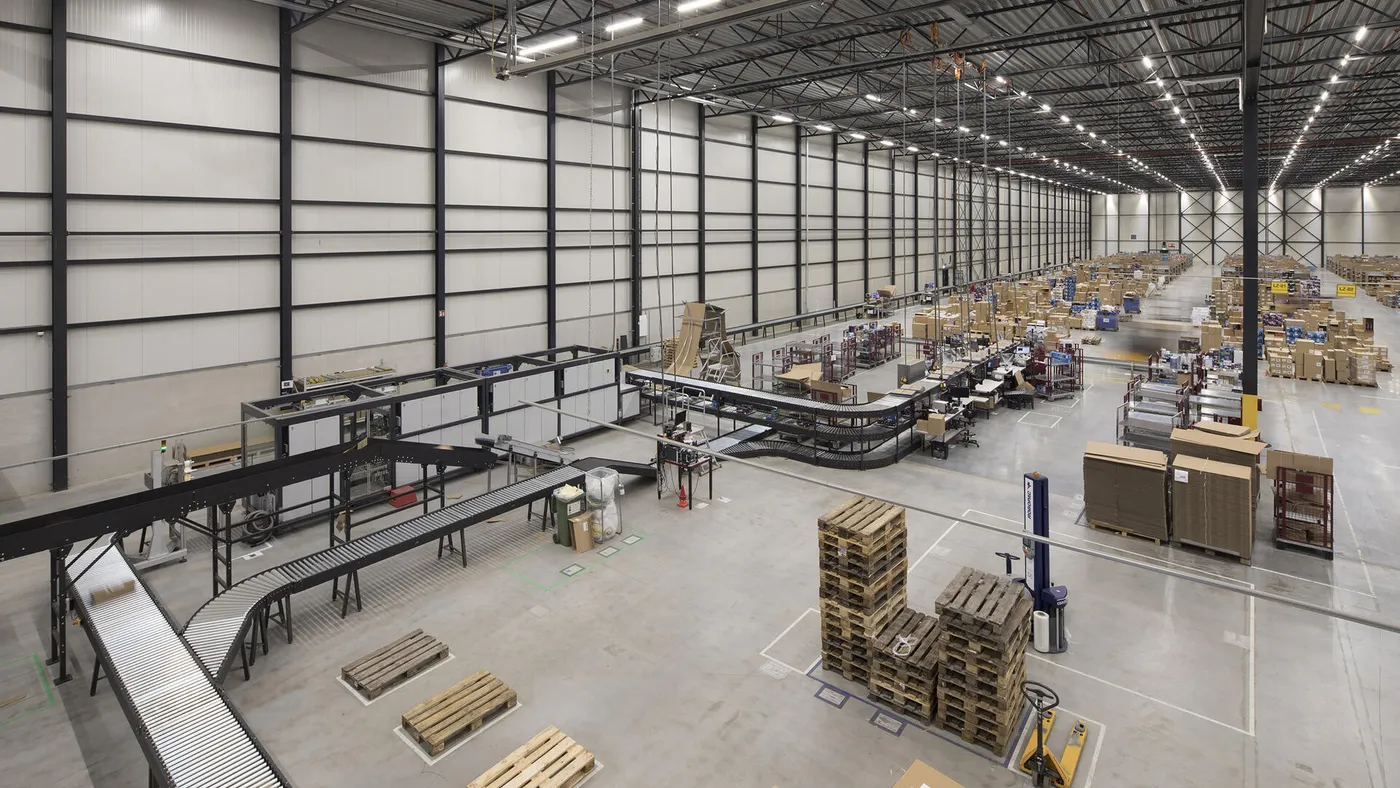
Warehouse automation partnerships are becoming more strategic
Automation is at the forefront of many supply chain strategies as logistics companies re-evaluate and strategize their warehouse networks amid a tougher market environment.
“So, as you can imagine, when volumes are a little bit less growth-y, as we've seen through the second half of last year, that's quite often a catalyst for a company to turn around and look at its operations,” GXO Logistics SVP of Strategy and Investments Neil Shelton told Supply Chain Dive in an interview. “The problems of supply chain challenges, wage inflation and supply chain inflation on the whole — that's common across pretty much every industry.”
But there isn’t one all-reigning solution. Automations partnerships need to be strategic for successful integration and execution.
The best breed of solutions are piloted and deployed based on customer need and fit, DHL Supply Chain VP of Operations Development Omer Rashid told Supply Chain Dive in an email interview.
“We want to leverage digital technology to make our associates’ jobs easier, safer and more fulfilling,” Rashid said. “We also want to access and harness the data from these technologies to bring insights for our customers who can then make informed decisions.”
Evaluating intentional partnerships
The supply chain management industry is currently experiencing a “flywheel effect” between outsourcing and automation, GXO’s Chief Automation Officer Adrian Stoch said during a Feb. 14 earnings call, leading to several strategic, but critically considered, partnerships.
“The need for enterprise digital transformation is leading organizations to re-examine their entire supply chains, because they understand that they need to go through this re-examination to stay competitive for today and increase resilience for the long-term,” Stoch told analysts.
GXO, for instance, has been exploring artificial intelligence applications for several clients to boost warehouse efficiency. Earlier in 2024, the logistics provider partnered with robotics developer Dexterity to streamline operations, like product labeling, for an unnamed beauty brand. GXO also doubled its use of warehouse vision tech in 2023 to reduce errors.
Technology is also a critical part of DHL Supply Chain’s digitalization strategy, which includes 12 focus technologies, Rashid said. For each focus, the logistics company collaborates with partners to co-develop tech for specific use cases that target challenges like unproductive tasks, hard or difficult activities, high-volume peaks and order profile variances.
“We also want to access and harness the data from these technologies to bring insights for our customers who can then make informed decisions.”

Omer Rashid
VP of Operations Development, DHL Supply Chain
Use cases for DHL are those that can be scaled across its warehouse network. The company tests, evaluates and develops technology as a proof of concept. Once the solution is successfully piloted, DHL productizes it for scaling, Rashid said.
In February, DHL Supply Chain secured a partnership with Robust.AI for the pilot and deployment of ‘Carter,’ a robot that offers flexible warehouse material handling. In 2023, DHL Supply Chain extended its partnership with AutoStore, an automated storage and retrieval system used for managing and optimizing inventory.
Rashid added that the company is always looking for new opportunities to collaborate with developers, as there are “numerous use cases in the warehouse that would be ideal for automation such as pallet picking.”
“To date, we have found great success with assisted picking robots, autonomous forklifts, unloading robotic arms, mobile sortation solutions and augmented vision picking devices, to name a few,” he said.
The role of automation in customer needs
Customer and supplier needs remain the focus of warehouse automation efforts, Rashid said.
In 2023, a significant portion of GXO’s annual contracted revenues came from first-time outsourcing. Shelton partly attributed the increase to growing technology needs, noting that the “supplier base is really looking for someone to act as a guide through what is the right form of technology to deliver the predictability and the performance that our customers are looking for.”
But depending on what type of goods a facility handles, some benefit better from certain partnerships than others, according to Rashid.
For instance, sectors that depend on critical parts and 100% order fill, like spare parts of pharmaceuticals, benefit from tech focused on productivity, inventory visibility and accuracy, he explained. High volume retail or CPG warehouses can justify large scale automation, while e-commerce facilities benefit from order processing solutions.
“The integration of AI and data quality into warehouse optimization is going to be the next big evolution in warehousing."

Omer Rashid
VP of Operations Development, DHL Supply Chain
DHL Supply Chain, specifically, uses tech to solve material handling challenges, which boils down to moving pallets and cases, he added.
Rashid advises supply chain mangers looking to assess their warehouse partnerships:
- Embrace technology and new ways of working
- Understand which partners share the same values and are focused on solving problems versus those who are looking for a home for technology they already have
- Understand that new solutions will not always work as planned and will need close collaboration with your technology partner to evaluate, improve and consistently evolve
- Do not underestimate change management
“The integration of AI and data quality into warehouse optimization is going to be the next big evolution in warehousing,” Rashid said. “Being partner agnostic and being able to bring and orchestrate best of breed solutions and use cases together will provide the best value.”
Correction: This story has been updated to reflect Neil Shelton's current title.



